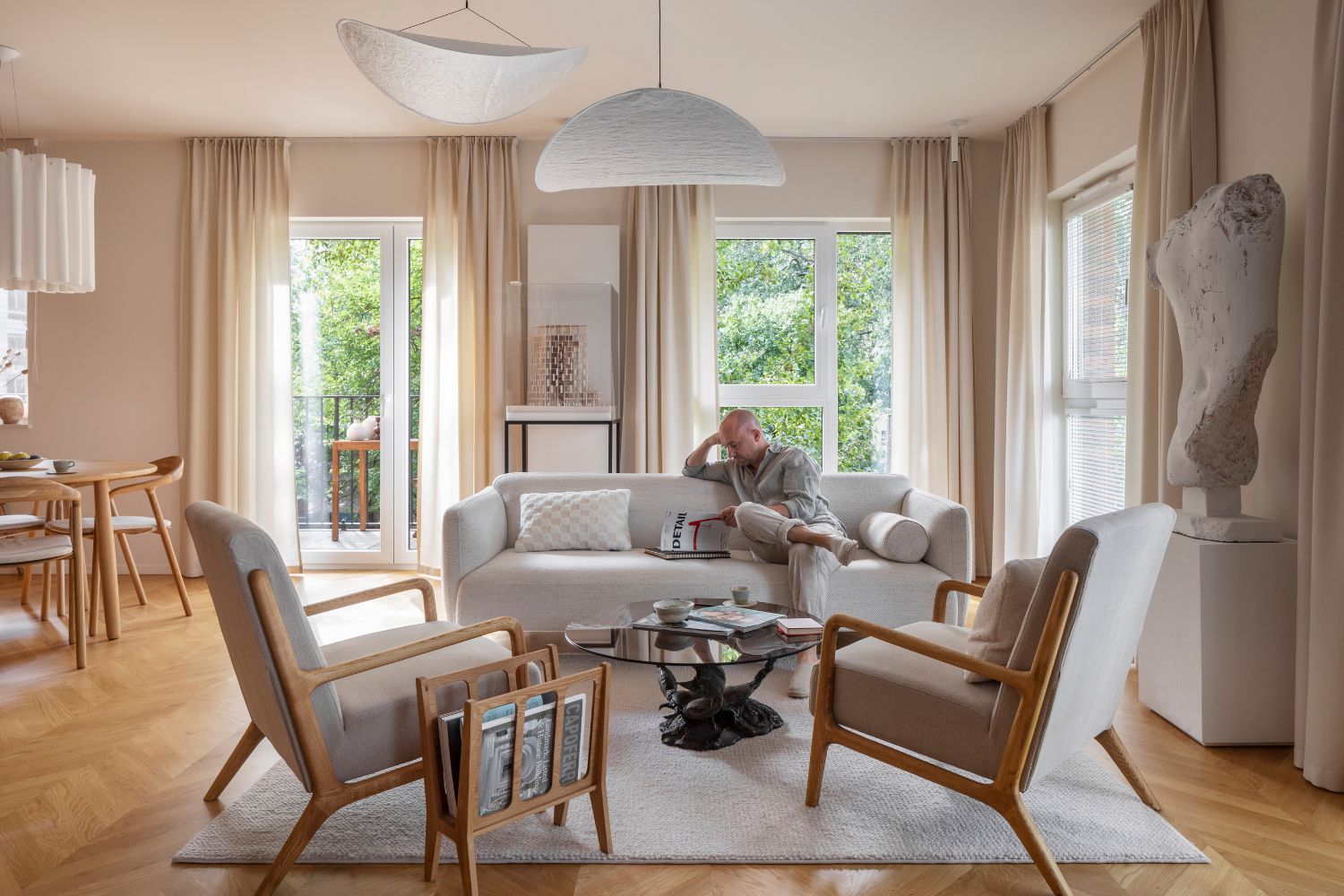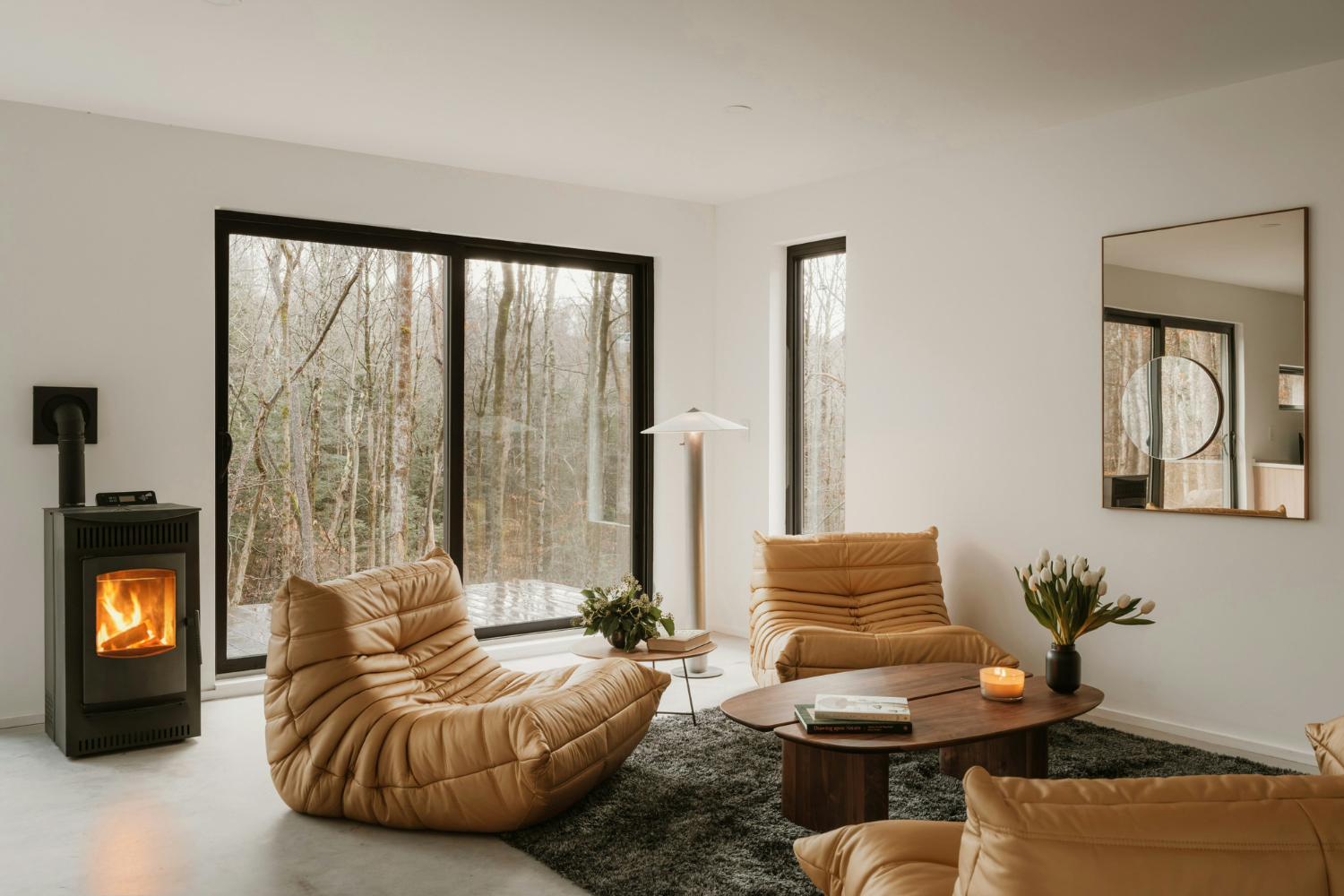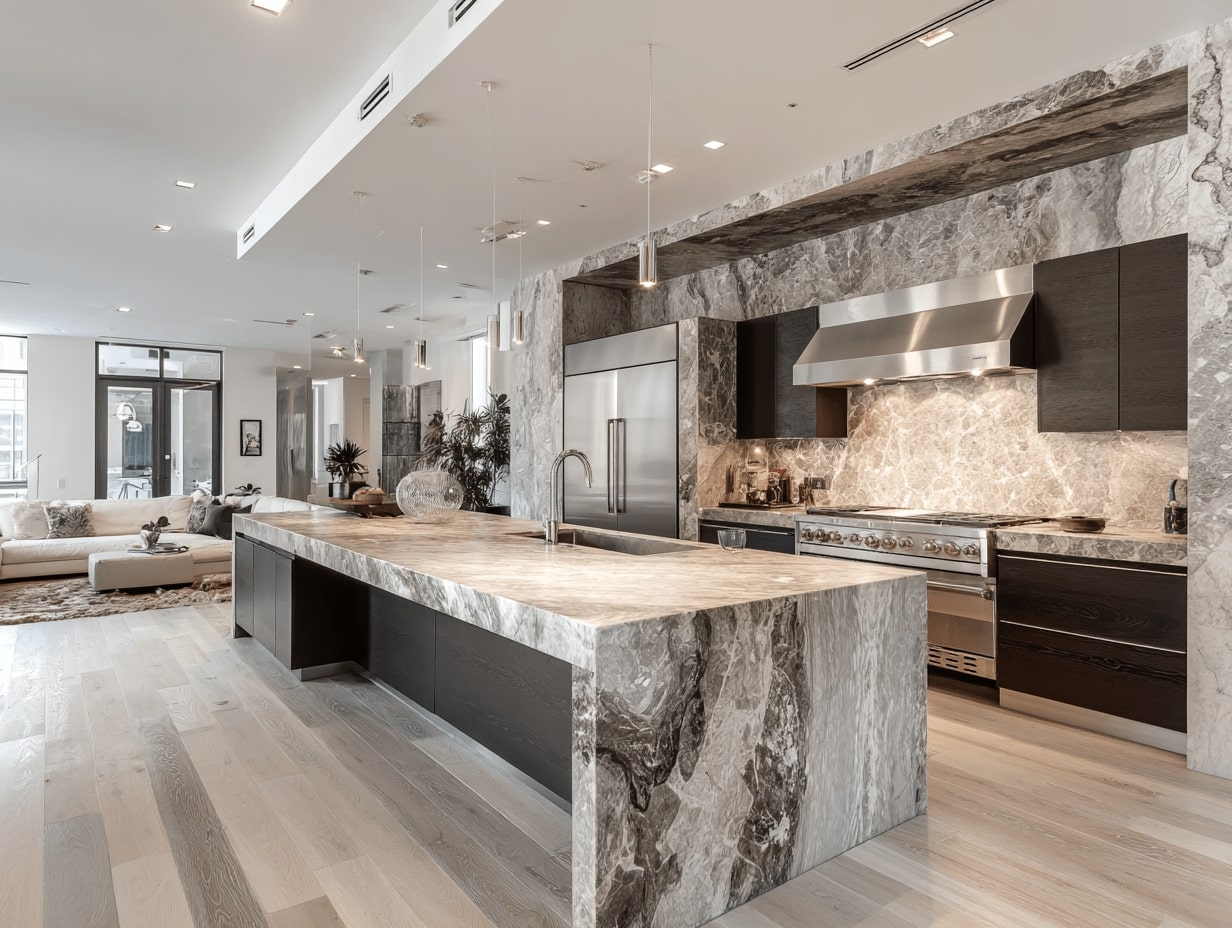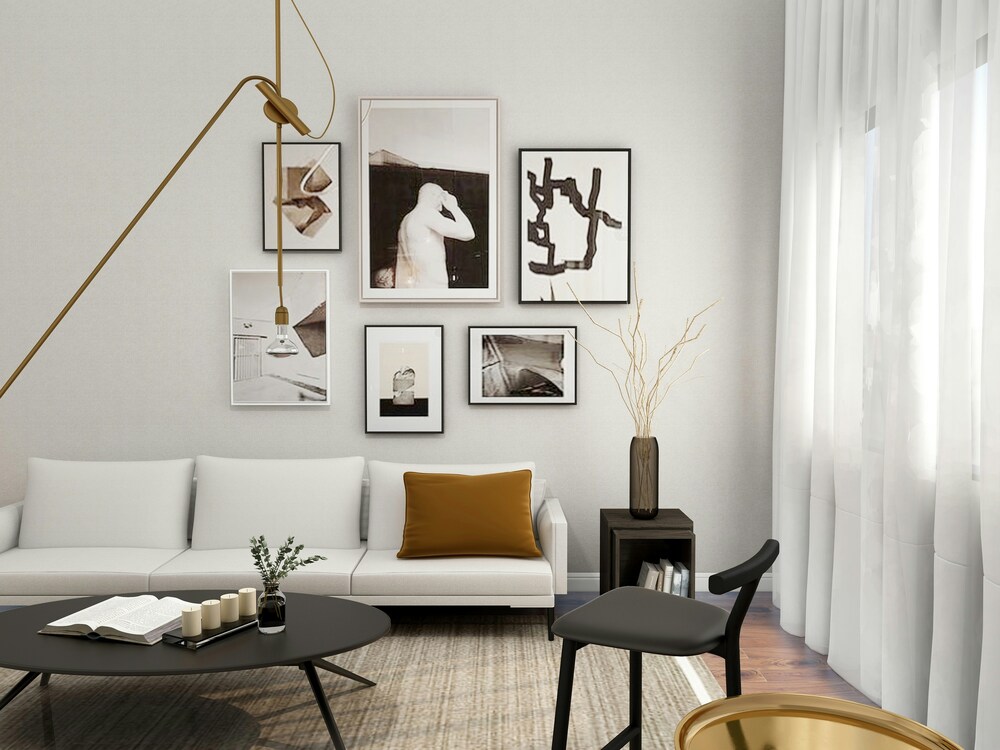- Home
- Articles
- Architectural Portfolio
- Architectral Presentation
- Inspirational Stories
- Architecture News
- Visualization
- BIM Industry
- Facade Design
- Parametric Design
- Career
- Landscape Architecture
- Construction
- Artificial Intelligence
- Sketching
- Design Softwares
- Diagrams
- Writing
- Architectural Tips
- Sustainability
- Courses
- Concept
- Technology
- History & Heritage
- Future of Architecture
- Guides & How-To
- Art & Culture
- Projects
- Interior Design
- Competitions
- Jobs
- Store
- Tools
- More
- Home
- Articles
- Architectural Portfolio
- Architectral Presentation
- Inspirational Stories
- Architecture News
- Visualization
- BIM Industry
- Facade Design
- Parametric Design
- Career
- Landscape Architecture
- Construction
- Artificial Intelligence
- Sketching
- Design Softwares
- Diagrams
- Writing
- Architectural Tips
- Sustainability
- Courses
- Concept
- Technology
- History & Heritage
- Future of Architecture
- Guides & How-To
- Art & Culture
- Projects
- Interior Design
- Competitions
- Jobs
- Store
- Tools
- More
Sustainable Interior Design: Eco-Friendly Choices for a Greener Home

As we move towards a more environmentally-conscious world, interior design is undergoing a transformation. Homeowners and designers are increasingly turning to sustainable materials and eco-friendly practices to create spaces that are not only beautiful but also kind to the planet. Incorporating innovative and sustainable sleep solutions is just one aspect of this growing trend, offering us the opportunity to reimagine how we approach every room in our homes. From furniture to finishes, the choices we make in our interiors have a significant impact on the environment. Let’s explore how you can make eco-friendly decisions that transform your home while reducing your carbon footprint.
- Choosing Sustainable Materials
The first step in creating an eco-friendly home is selecting materials that are sustainably sourced. Traditional materials like wood, metal, and stone can be harmful if sourced irresponsibly. However, there are alternatives that prioritize the health of the environment.
Reclaimed Wood: One of the most popular sustainable materials in interior design is reclaimed wood. This material gives new life to old furniture, floors, and even wall panels. Reclaimed wood helps to reduce deforestation, giving new purpose to pieces that would otherwise go to waste. It also adds a unique, rustic charm to your space.
Bamboo: Another eco-friendly material is bamboo, a fast-growing grass that is strong, durable, and renewable. Bamboo is used for furniture, flooring, and even textiles. Its low environmental impact and natural aesthetic make it a great choice for sustainable interior design.
Recycled Materials: Look for furniture made from recycled metal, glass, or plastic. These materials are repurposed into something functional and beautiful, reducing the need for virgin resources and helping to minimize waste.
- Energy-Efficient Lighting
Lighting plays a crucial role in interior design, but it can also be a significant source of energy consumption. By opting for energy-efficient lighting solutions, you can reduce your carbon footprint while enhancing your home’s ambiance.
LED Lighting: LED bulbs use far less energy than traditional incandescent or fluorescent bulbs. They last longer and emit less heat, making them an excellent choice for both sustainability and energy efficiency. Additionally, smart LED lighting systems can help automate your home’s lighting, ensuring that lights are only on when necessary.
Solar-Powered Lighting: Solar-powered lights are another fantastic option for eco-friendly lighting. They use sunlight to power the fixtures, making them ideal for outdoor areas like gardens and patios. Installing solar-powered lights reduces your reliance on the electrical grid and cuts down on energy costs.

- Eco-Friendly Furniture
Furniture plays a central role in interior design, and choosing pieces made from sustainable materials is key to creating an eco-friendly home. In addition to the materials used, it’s important to consider the longevity and craftsmanship of the items you purchase.
Second-Hand and Vintage Furniture: Shopping for second-hand or vintage furniture is an excellent way to reduce waste and give pre-loved items a second life. Not only is this a sustainable choice, but it also adds character and charm to your home. Many vintage furniture pieces are also made from high-quality materials that have stood the test of time, offering both durability and style.
Furniture Made from Natural or Recycled Materials: Look for furniture crafted from natural fibers such as cotton, linen, or wool, or those made from recycled materials. Items made from responsibly sourced wood or biodegradable fabrics also contribute to sustainable living.
Minimalism in Furniture: Another sustainable approach is embracing a minimalist style in your furniture selection. Fewer pieces made from high-quality, durable materials will reduce the need for frequent replacements. When purchasing new items, choose multifunctional pieces that can serve multiple purposes in your space, reducing the overall volume of furniture needed.
- Sustainable Flooring Solutions
Flooring is one of the most impactful design choices you can make in your home, and there are several eco-friendly options to consider. Sustainable flooring solutions not only add beauty to your interiors but also support a greener planet.
Cork Flooring: Cork is a renewable and recyclable material, making it an excellent choice for eco-conscious homeowners. Cork flooring is comfortable underfoot, provides natural insulation, and is resistant to mold and mildew. Additionally, it is biodegradable, meaning it won’t contribute to landfill waste.
Linoleum: Unlike vinyl, which is made from petroleum-based products, linoleum is made from renewable materials such as linseed oil, cork dust, and wood flour. It’s durable, easy to clean, and comes in a wide range of colors and patterns. Linoleum is also biodegradable, making it an environmentally friendly alternative to traditional flooring.
Recycled Carpet: Carpets made from recycled materials, such as PET (polyethylene terephthalate) bottles, are becoming increasingly popular. These carpets not only help to reduce plastic waste but are also durable and easy to maintain.
- Eco-Conscious Paint and Wall Finishes
The types of paint and wall finishes you choose can have a significant impact on both your health and the environment. Traditional paints often contain harmful chemicals known as VOCs (volatile organic compounds) that contribute to indoor air pollution and have negative health effects. Choosing natural, non-toxic paints is an essential step in creating a sustainable home.
Low-VOC and Zero-VOC Paints: Opt for low-VOC or zero-VOC paints, which have significantly less impact on air quality and are safer for both the environment and your family. These paints come in a variety of colors and finishes and can be used on both walls and furniture.
Natural Plasters and Clays: For a more organic touch, consider using natural plasters or clay-based finishes. These materials are non-toxic, breathable, and help regulate humidity levels within the home, contributing to a healthier indoor environment.

- Water Conservation Practices
Water conservation is a key aspect of sustainable living, and it can be incorporated into your interior design through the use of water-efficient appliances and fixtures.
Low-Flow Fixtures: Install low-flow faucets, showerheads, and toilets to reduce water usage without sacrificing performance. Many modern fixtures are designed to provide a luxurious experience while conserving water, making them a great addition to any eco-friendly home.
Rainwater Harvesting Systems: Consider implementing a rainwater harvesting system that collects and stores rainwater for use in your garden or even inside your home for non-potable purposes like flushing toilets or washing clothes.
Conclusion
Sustainable interior design is more than just a trend—it’s a lifestyle choice that reflects our growing awareness of the need to protect the environment. By choosing eco-friendly materials, energy-efficient lighting, sustainable furniture, and water conservation practices, you can create a greener home that not only benefits the planet but also enhances your living experience. Whether you’re looking to incorporate innovative and sustainable sleep solutions or make other eco-conscious choices, every step you take can make a significant difference in reducing your ecological footprint. Start small and let your sustainable design journey evolve over time, knowing that every positive change adds up to a better world for future generations.
Submit your architectural projects
Follow these steps for submission your project. Submission FormLatest Posts
BXB Studio’s Hybrid Interior: Redefining the Modern Architectural Workplace
The Warsaw headquarters of BXB Studio was established in a modest 70...
5 Must-Know Interior Design Trends in American Homes
From warm minimalism to bold oversized artwork, these five interior design trends...
How Open Kitchens Create a Sense of Space Indoors (Without Sacrificing Function)
Open kitchens: see how sightlines, lighting, and smart layouts make rooms feel...
The Revival of Chunky Fiber Crafts in Modern Interior Design
Contemporary interior architecture has shifted away from hard minimalism. After a decade...












Leave a comment